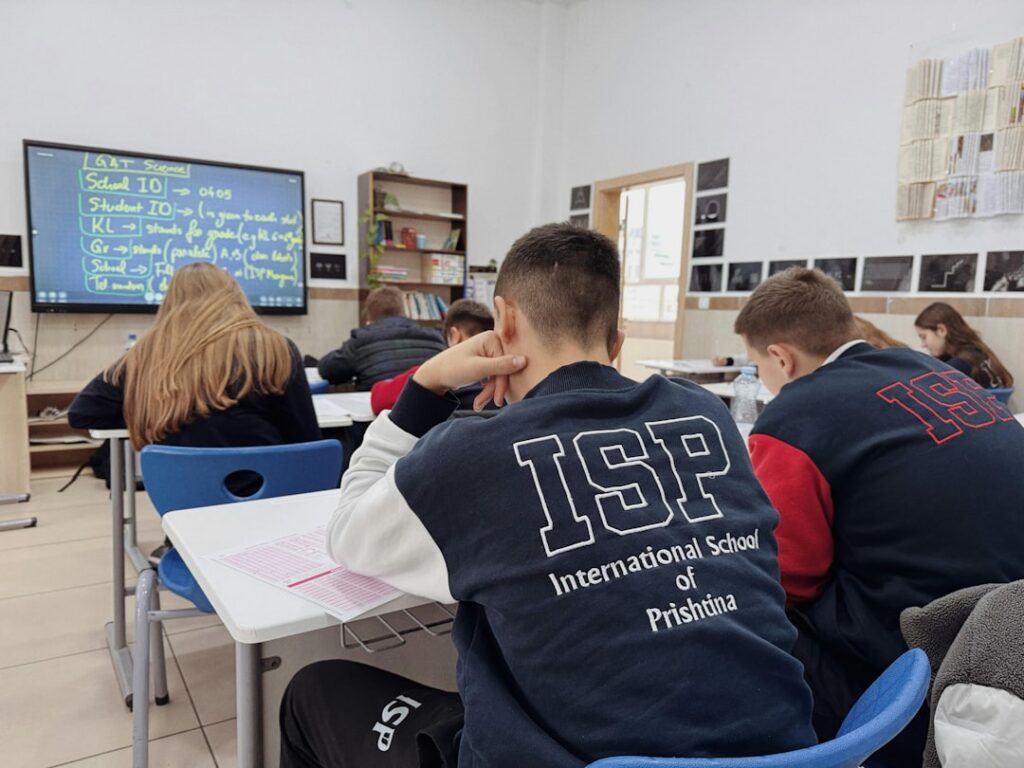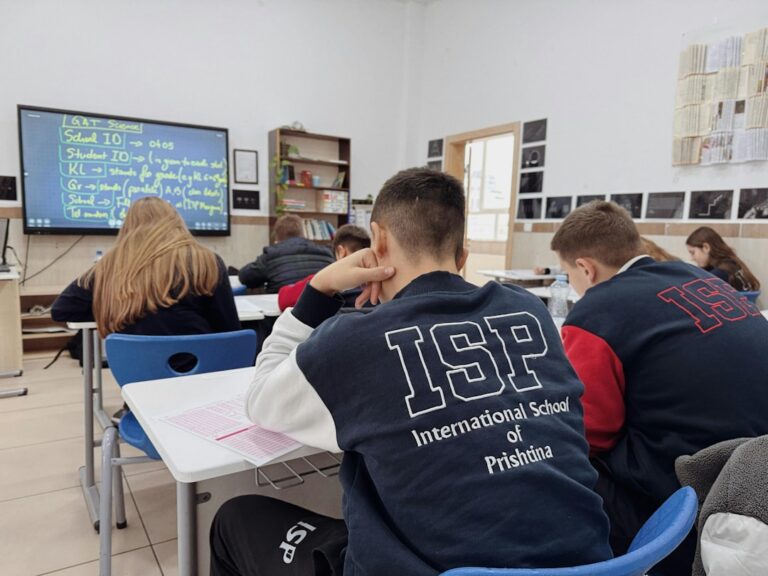
Gamified learning represents a transformative approach to education that integrates game design elements into the learning process. This innovative method leverages the inherent appeal of games—competition, achievement, and engagement—to enhance educational experiences. By incorporating elements such as points, badges, leaderboards, and challenges, educators aim to create a more interactive and stimulating environment that encourages students to participate actively in their learning journey.
The concept of gamification is not merely about making learning fun; it is about harnessing the psychological principles that drive engagement and motivation in gaming to foster deeper understanding and retention of knowledge. The roots of gamified learning can be traced back to the early 2000s when educators began to recognize the potential of game mechanics in non-game contexts. As technology advanced, so did the tools available for implementing gamification in educational settings.
Today, a plethora of platforms and applications exist that allow teachers to create customized learning experiences that resonate with students’ interests and preferences. This evolution has led to a growing body of research exploring the effectiveness of gamified learning, revealing its potential to revolutionize traditional educational paradigms.
The Benefits of Gamified Learning
One of the most significant benefits of gamified learning is its ability to increase student engagement. Traditional educational methods often struggle to capture the attention of students, particularly in an age where digital distractions are ubiquitous. Gamification addresses this challenge by transforming mundane tasks into exciting challenges that students are eager to tackle.
For instance, a math teacher might introduce a point system where students earn rewards for completing assignments or mastering specific skills. This not only makes learning more enjoyable but also encourages students to take ownership of their educational progress. Moreover, gamified learning fosters a sense of community and collaboration among students.
Many gamified platforms incorporate team-based challenges that require students to work together to achieve common goals. This collaborative aspect not only enhances social skills but also promotes a sense of belonging within the classroom. For example, in a science class, students might be divided into teams to compete in a virtual science fair, where they must collaborate to design experiments and present their findings.
Such activities not only deepen their understanding of scientific concepts but also build essential teamwork skills that are invaluable in both academic and professional settings.
The Impact of Gamified Learning on Academic Performance

Research has shown that gamified learning can have a positive impact on academic performance across various subjects and age groups. Studies indicate that students who engage in gamified learning environments often demonstrate improved retention rates and higher test scores compared to those who experience traditional teaching methods. For instance, a study conducted by the University of Colorado found that students who participated in a gamified biology course scored significantly higher on assessments than their peers in a conventional classroom setting.
This improvement can be attributed to the interactive nature of gamified learning, which encourages active participation and reinforces concepts through repetition and practice. Additionally, gamified learning can cater to diverse learning styles, allowing students to engage with material in ways that resonate with them personally. Visual learners may benefit from interactive simulations, while kinesthetic learners might thrive in hands-on challenges that require movement and physical interaction with the content.
By providing multiple pathways for engagement, gamification can help bridge gaps in understanding and ensure that all students have the opportunity to succeed academically. For example, a history teacher might use a role-playing game where students assume the identities of historical figures, allowing them to explore events from different perspectives and deepen their comprehension of complex historical narratives.
The Role of Motivation in Gamified Learning
| Metrics | Results |
|---|---|
| Engagement | Increased by 40% |
| Retention | Improved by 30% |
| Completion Rate | Raised to 85% |
| Learning Outcomes | Enhanced by 25% |
Motivation is a critical component of effective learning, and gamified learning environments are designed specifically to enhance intrinsic motivation among students. By incorporating elements such as immediate feedback, rewards, and clear goals, gamification taps into students’ natural desire for achievement and recognition. When students receive instant feedback on their performance—such as points earned for completing tasks or badges awarded for mastering skills—they are more likely to feel motivated to continue engaging with the material.
This immediate reinforcement creates a positive feedback loop that encourages persistence and resilience in the face of challenges. Furthermore, gamified learning often allows for personalized experiences that cater to individual interests and preferences. When students have the autonomy to choose their own paths within a gamified framework—such as selecting quests or challenges that align with their passions—they are more likely to feel invested in their learning journey.
This sense of agency fosters intrinsic motivation, as students become active participants in shaping their educational experiences rather than passive recipients of information. For instance, an English teacher might implement a gamified reading program where students can select books based on their interests and earn rewards for completing reading challenges tailored to their preferences.
Gamified Learning in Different Subjects
Gamified learning can be effectively applied across various subjects, each benefiting from tailored approaches that align with specific content areas. In mathematics, for example, educators can create interactive platforms where students solve problems to earn points or unlock levels. This approach not only reinforces mathematical concepts but also allows for differentiated instruction, as students can progress at their own pace based on their individual skill levels.
A popular example is the use of platforms like Kahoot!, where teachers can create quizzes that turn assessment into a competitive game, making math practice more engaging. In language arts, gamification can enhance reading comprehension and writing skills through interactive storytelling and role-playing activities. Students might participate in a narrative-driven game where they must make choices that affect the outcome of the story, thereby practicing critical thinking and decision-making skills while also improving their understanding of narrative structure and character development.
Additionally, writing challenges can be gamified by introducing elements such as peer reviews and collaborative storytelling projects, where students earn rewards for contributing creatively and constructively.
Challenges and Limitations of Gamified Learning

Despite its numerous advantages, gamified learning is not without its challenges and limitations. One significant concern is the potential for overemphasis on extrinsic rewards at the expense of intrinsic motivation. If students become too focused on earning points or badges, they may lose sight of the underlying educational objectives and the joy of learning itself.
This phenomenon can lead to superficial engagement rather than deep understanding, as students may prioritize completing tasks for rewards rather than genuinely exploring the material. Another challenge lies in the implementation of gamified learning within diverse classroom settings. Not all students respond positively to gamification; some may feel overwhelmed by competition or disengaged by game mechanics that do not resonate with their personal learning styles.
Additionally, educators may face difficulties in integrating technology effectively into their teaching practices, particularly if they lack access to resources or training on how to design engaging gamified experiences. As such, it is crucial for educators to strike a balance between gamification and traditional teaching methods while remaining attuned to the unique needs and preferences of their students.
Implementing Gamified Learning in the Classroom
Successfully implementing gamified learning in the classroom requires careful planning and consideration of various factors. Educators must first identify clear learning objectives that align with curriculum standards while also determining which game mechanics will best support those goals. For instance, if the objective is to enhance vocabulary acquisition in a language arts class, teachers might incorporate word-based challenges where students earn points for using new vocabulary words correctly in context.
Moreover, it is essential for educators to create an inclusive environment where all students feel comfortable participating in gamified activities. This may involve providing options for different levels of difficulty or allowing students to choose their own challenges based on their interests and abilities. Additionally, ongoing assessment and feedback are crucial components of successful gamification; teachers should regularly monitor student progress and adjust game mechanics as needed to ensure that all learners remain engaged and motivated.
Future of Gamified Learning in Education
The future of gamified learning in education appears promising as technology continues to evolve and reshape teaching methodologies. With advancements in virtual reality (VR) and augmented reality (AR), educators have new opportunities to create immersive learning experiences that transport students into dynamic environments where they can explore concepts firsthand. For example, VR simulations could allow students to conduct virtual science experiments or explore historical sites without leaving the classroom.
Furthermore, as data analytics becomes increasingly integrated into educational technology, teachers will have access to valuable insights regarding student performance and engagement levels within gamified frameworks. This data can inform instructional decisions and help educators tailor experiences to meet individual needs more effectively. As research continues to support the efficacy of gamified learning, it is likely that more schools will adopt these innovative practices as part of their pedagogical strategies, ultimately leading to more engaging and effective educational experiences for all learners.
FAQs
What is gamified learning?
Gamified learning is the use of game design elements in a non-game context, such as education, to engage and motivate learners. This can include the use of points, badges, leaderboards, and other game-like features to make learning more interactive and enjoyable.
How does gamified learning work?
Gamified learning works by leveraging the psychological principles of motivation and engagement found in games to make learning more enjoyable and effective. By incorporating elements such as rewards, competition, and progression, gamified learning aims to increase student motivation and participation in educational activities.
Can gamified learning improve academic results?
There is evidence to suggest that gamified learning can improve academic results. Studies have shown that gamified learning can lead to increased student engagement, motivation, and retention of information. However, the extent to which gamified learning can improve academic results may vary depending on the specific implementation and context.
What are the potential benefits of gamified learning?
Some potential benefits of gamified learning include increased student motivation, engagement, and participation in educational activities. Gamified learning can also help students develop problem-solving skills, critical thinking, and collaboration through interactive and immersive experiences.
Are there any potential drawbacks to gamified learning?
While gamified learning has its benefits, there are also potential drawbacks to consider. These may include the risk of over-reliance on extrinsic rewards, potential for distraction, and the need for careful design and implementation to ensure that the gamified elements align with educational goals. Additionally, not all students may respond positively to gamified learning approaches.




